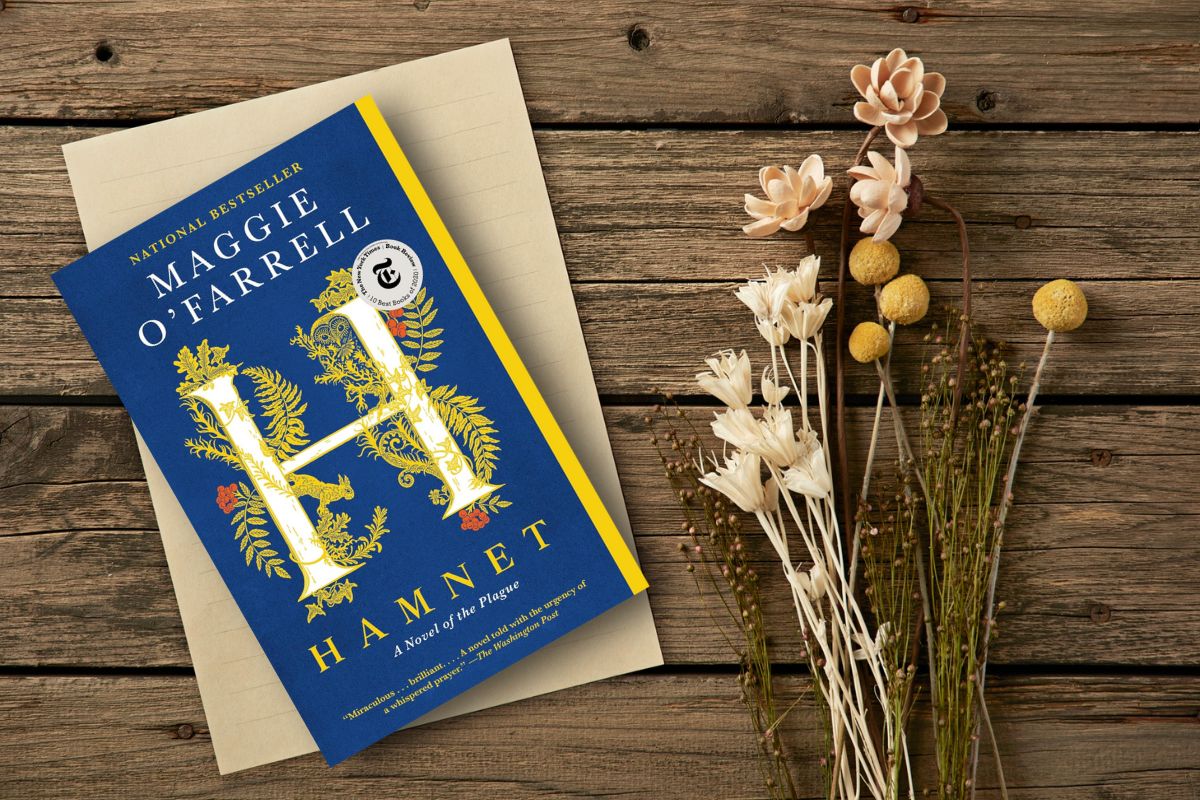I recently sent off a draft of my ninth novel — this one a YA novel-in-verse — to a beta reader. I’m also about halfway through a draft of what will, hopefully, be my 10th completed book — an adult speculative romance. I’m excited about both of these projects, and over the past 12 years during which I’ve taken nine books from concept to shiny product, I’ve developed what I think is a pretty great system!
Today, I’m going to walk you through the six steps that guide my novel-writing process. Hopefully, something here will inspire you in your own writing journey — let’s go!
Keep a Doc Full of Ideas
Before I can write a book, I have to have an idea for it. Fortunately (or unfortunately) for me, I have about 75 concepts and premises cobbled together in a doc on my computer. Basically, any time I have the faintest hint of an idea for a book, I write it down.
The trick here is to not be precious. These “ideas” range from a trope or ship dynamic I’d want to explore someday (“cow girl x city girl” is a recent one) to a more fleshed-out concept to an idea for a scene I’ll pluck into a story someday. There are also random titles for my future memoir interspersed throughout the doc.
I’m someone who tends to have a lot of books in various stages of production and a plethora of ideas, and part of that is because I’ve trained myself to write down every passing thought or fancy. I may not write them immediately — or ever — but when the time comes to start conceptualizing a new story or world, I know where to turn!
Brainstorm the Story
Once I’ve chosen the seed of an idea I want to expand, I spend time brainstorming. I ask myself who the protagonist(s) is and where their story takes place. I come up with who their family, friends, love interest(s) are and I figure out the character arcs. And then I come up with a plot that I can shoehorn in.
Okay, the “shoehorn in” is kind of a joke, but also kind of true. The way I germinate ideas is to start with a premise, add a setting, then a character, and finally come up with what plot points can best serve their setting and character.
You may do this in a different order, so substitute your own process here, but the gist of it remains the same: I spend time coloring in the contours of my story before I sit down to start drafting.
Outline
Over the years, I’ve developed into a plotter — I know, I was disappointed in myself, too! The thing is, with the way I learned about craft, it was the only way that made sense for my brain. If you’re a pantser, you can probably skip this step.
If you’re also a plotter, definitely invest in this step. I plot by breaking my book into four acts and then using the Save the Cat! beat sheet. I also recently read Romancing the Beat by Gwen Hayes, a craft book geared toward romances, and I’m going to start incorporating Hayes’ 20 beats into my outline.
This is an exciting step for me, and it usually just gets me even more fired up to draft. Because I’m not filling in every story nook and cranny during the outline, but I am giving myself a broad-strokes outline for what the story will look like. It gives me just enough confidence to enter drafting with a clear mind, and just enough is left unknown to make the excitement linger.
Draft, Baby, Draft!
This is probably the longest stretch, and some people absolutely hate drafting. While I do think I prefer revising, drafting can be so fun. There’s no euphoria that beats the feeling that comes when the words start to flow and my thoughts coalesce into images that I’m able to successfully translate to the page.
Of course, not every draft-day is like that. There’s a lot of trudging along, pulling at my hair, and texting my friends, “Why do I want to be a writer???” Such is the writing life, I fear.
Revise
I have written a 7-step guide to revising that you should check out for an in-depth look at how to revise on your own.
I’ll add to that here that you should look into finding beta readers and critique partners to read your book as well. I often do a big revision before sending to readers, thus ensuring they don’t see the book before its second draft; that said, for my last two books, I sent the draft to readers immediately! It depends on your preference and how cleanly you draft.
Voila! Sent to Agent!
Once I’ve revised on my own, sent to beta readers, revised some more, and feel like if I have to stare at the page for one more second I’ll simply yeet my laptop into a fire and scream — that’s when I send the book to my agent. If you’re unagented, this would be the query phase! If you have an editor, send it to them.
The point is, there comes a time with every project when it’s as good as you can get it. At that point, send it out! Your words deserve to be read.














Leave A Comment